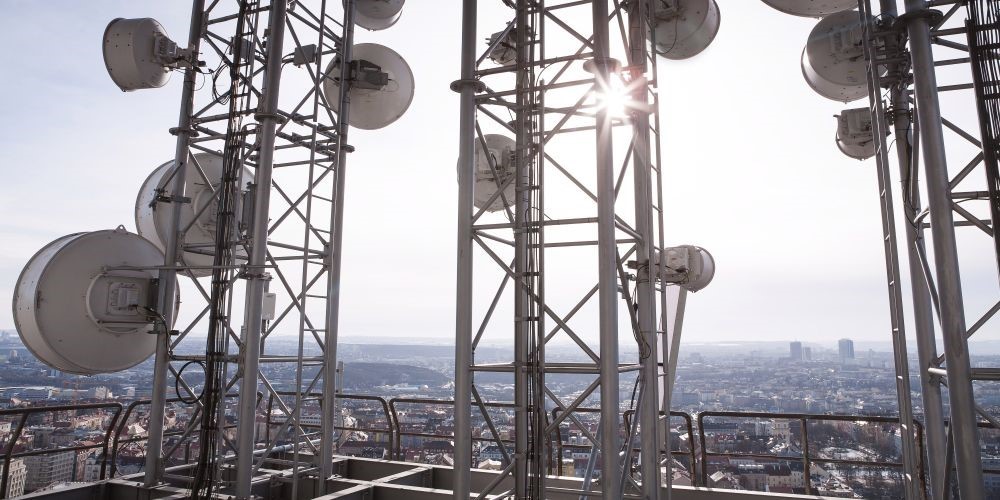
Making sense of the 5G spectrums
5G is the next generation of mobile networks, and it's considered a major step ahead in comparison with the existing 4G LTE networks. It was built with the goal of meeting the constantly growing mobile data demands, increasing bandwidth, and thus communication speed. Not only that, but it will also reduce latency, the time it takes a device to respond after receiving a data package over the Internet. According to Data Alliance CEO George Hardesty, current 4G LTE networks provide latencies of 30-50 milliseconds, while 5G promises to cut down latency to 1-5 milliseconds. Unlike 4G, the new technology will allow many more devices to connect with each other. This means that 5G-based Internet of Things devices have the potential to revolutionize lots of industrial processes and agriculture, for example. Low latency data transfers will make it possible to offer remote medical help, treatment, and so on. And having access to an ultrafast, reliable Internet connection on the go is definitely a huge plus on my list. 5G utilizes smaller cells which broadcast radio signals using low-band, mid-band and high-band spectrums. As you probably know, cell phones include small transmitters which communicate with the cells in their vicinity using radio waves of different frequencies. Each frequency needs to be modulated by the audio signal, which is sampled, encoded, and then sent digitally. If (let's say) the carrier frequency is 400 MHz and the encoded audio makes the radio signal vary from 399.98 MHz to 402.02 MHz, the channel bandwidth would be 0.02 MHz + 0.02 MHz = 0.04 MHz = 40 KHz. Those small frequency variations are then decoded by the receiver, recreating the audio component of the radio communication. As you can tell, channel bandwidth is essential, because it allows the operator to send additional data together with voice data. Still, channel bandwidth can't be that big, because the signal will interfere with other devices that utilize similar frequencies. Low frequency waves have long wavelengths, and this means that channel bandwidth can't exceed a certain limit. Nevertheless, radio signals that use low frequencies can travel much further in comparison with the ones that have shorter wavelengths. High frequency radio signals will bounce off obstacles much more often, leading to poor communication, especially in crowded areas. Fortunately, mobile cell operators have managed a way to fix these problems by implementing adaptive beam switching. Your 5G phone will utilize a high-spectrum frequency (millimeter wave, also known as mmWave) but it will constantly monitor signal quality. If it degrades fast, your device will connect to the mid-frequency band, or even to the low-frequency band, which doesn't provide a huge data transfer speed, but offers reliable voice-based communication and Internet access. The mmWave band operates using frequencies of 25...50 GHz; the higher the frequency, the higher the potential data transfer rate. Still, let's not forget that the radio signal that's broadcasted by a cell will diminish its strength if a big truck passes by it, for example. Therefore, it's not a surprise that most 5G carriers aren't too interested in acquiring a lot of mmWave hardware. Sure, those impressive data transfer speeds look really good in TV commercials, but we won't be able to achieve them too often in real life. I think that mid-band data communication will be the preferred 5G implementation. It will use radio signals in the 1...6 GHz bands, providing a much better coverage and slightly reduced data transfer speeds (in comparison with mmWave). Finally, the low-band spectrum will be used in remote areas, which aren't too interesting for mobile operators, because they can't get too many subscribers to their services there. The low-band spectrum isn't that bad, though, because even these low frequencies are a bit higher in comparison with the ones that are currently used by the 4G LTE standard. So, even low-band spectrum users will see an improvement, although a minor one (probably a 10...30% speed boost).